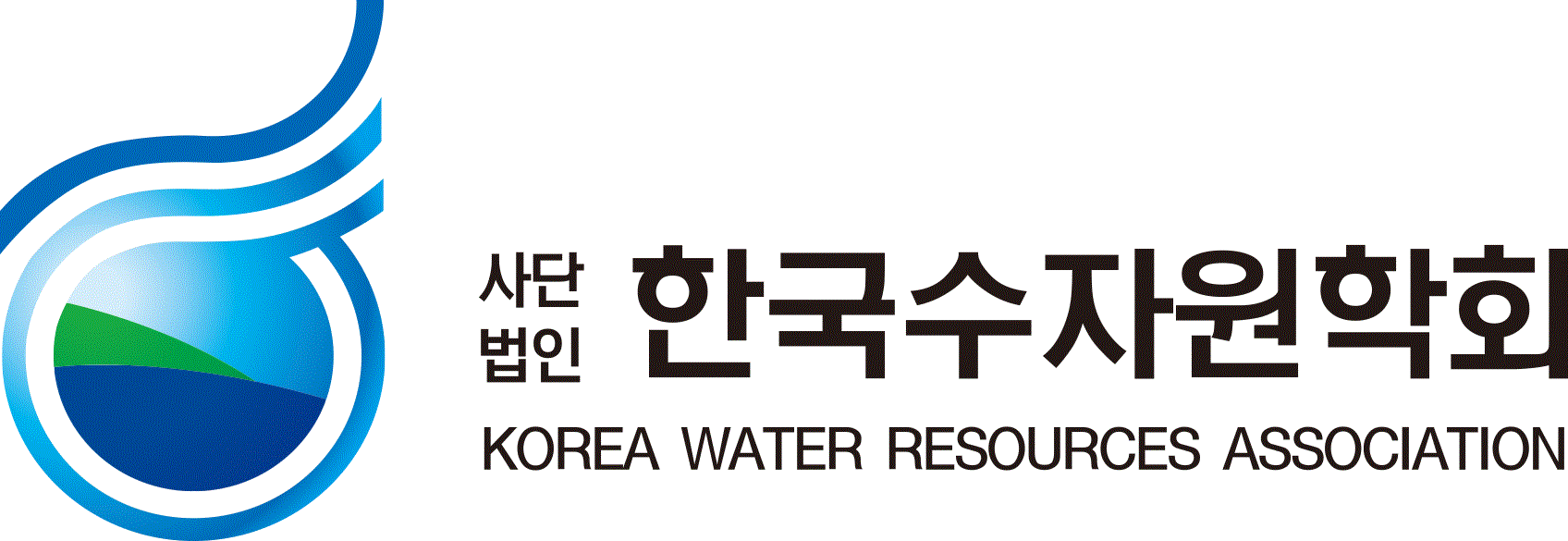- 홈
- 문헌정보
- 논문집
문헌정보
논문집
- 저자명
- 정진홍;박동혁;안재현
- 발행사
- 한국수자원학회
- 수록사항
- 한국수자원학회논문집, Vol.52 No.10(2019-10)
- 페이지
- 시작페이지(671)
- ISSN
- 1226-6280
Many researches illustrated that the magnitude and frequency of hydrological event would increase in the future due to changes of hydrological cycle components according to climate change. However, few studies performed quantitative analysis and evaluation of future rainfall in North Korea, where the damage caused by extreme precipitation is expected to occur as in South Korea. Therefore, this study predicted the extreme precipitation change of North Korea in the future (2020-2060) compared to the current (1981-2017) using stationary and nonstationary frequency analysis. This study conducted nonstationary frequency analysis considering the external factors (mean precipitation of JFM (Jan.-Mar.), AMJ (Apr.-Jun.), JAS (Jul.-Sept.), OND (Oct.-Dec.)) of the HadGEM2-AO model simulated according to the Representative Concentration Pathway (RCP) climate change scenarios. In order to select external factors that have a similar tendency with extreme rainfall events in North Korea, the maximum annual rainfall data was obtained by using the ensemble empirical mode decomposition (EEMD) method. Correlation analysis was performed between the extracted residue and the external factors. Considering selected external factors, nonstationary GEV model was constructed. In RCP4.5, four of the eight stations tended to decrease in future extreme precipitation compared to the present climate while three stations increased. On the other hand, in RCP8.5, two stations decreased while five stations increased.



